Family: Varanidae
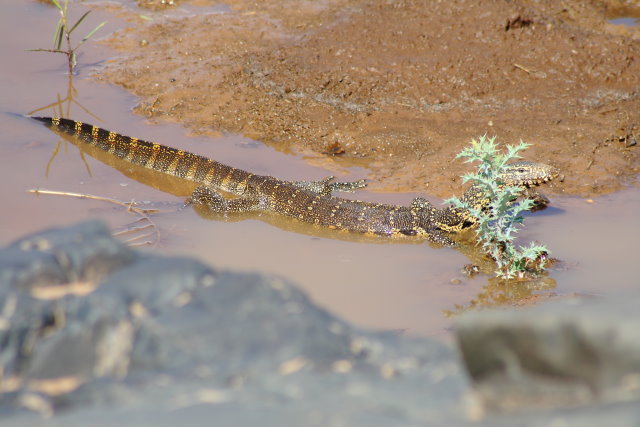
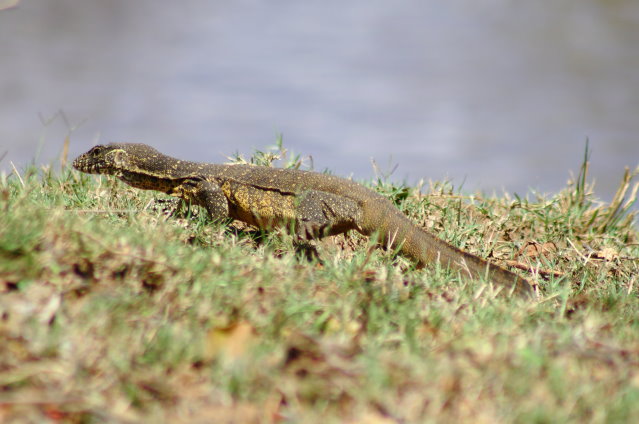
Description
The Nile monitor is the largest lizard in Africa and can grow to about 4–6 feet in length with rare specimens exceeding 8 feet. They have muscular bodies, strong legs and powerful jaws. The teeth are sharp and pointed in juvenile animals and become blunt and peg-like in adults. They also possess sharp claws used for climbing, digging, defense, or tearing at their prey. Like all monitors they have a forked tongue, with highly developed olfactory properties. The Nile monitor has 6-11 light-coloured body bands on a black background. The tail is long, longer than the rest of the body from nose to hips, thick and muscular near the base, tapering to a whiplash at the end, and keeled along most of its length. Their base colour is typically grey or black with yellow or white spots. Their nostrils are placed high on the snout, indicating that these animals are highly aquatic, but are also excellent climbers and quick runners on land.
Geographic Distribution
Nile monitors are native to Africa and the species is distributed throughout the entire central and southern regions of the continent, including Sudan and a portion of central Egypt along the Nile river. They are not found in any of the desert regions of Africa.
Habitat
Freshwater rivers or streams, low density suburban development, areas peripheral to core urban areas, and small towns.
Behaviour
Because they eat crocodile eggs, Nile monitors are often seen near crocodile nesting sites. Adult Nile monitor lizards can easily outrun people over short distances. They can also remain underwater for more than an hour. In motion, the Nile monitor holds its body well above the ground with its legs. The neck is parallel to the ground, the mid parts and end of the tail drag upon the ground. At a leisurely pace, the body swings in a sinuous arc as the limbs are lifted well clear of the ground on each swing to be plopped back down for the propulsive stroke. The tongue flickers in and out of the mouth, testing the ground and air for scents. When in a hurry, the body is held stiffer as the lizard scampers for safety or towards a tasty morsel. In the water, the Nile monitor swims with a graceful serpentine motion, with most of the power coming from its long strongly keeled tail. The Nile monitor can climb well, its talons serving as hooks to catch branches and cracks in bark or rocks. With its impressive strength, it can even friction climb by clamping a smooth surface between its limbs and shimmying upwards, much as a person might climb a rope. Nile monitors are agile and good jumpers, and can leap for low lying ledges or branches. They are also powerful diggers, with their claws and strong forelimbs allowing them to rip through even hard packed and sun baked dirt or the concrete-like outer walls of termite mounds.
Diet
Fish, snails, frogs, crocodile eggs and young, snakes, birds, small mammals, large insects, and carrion.
Predators
Crocodiles, pythons, leopards, eagles, and humans. Predatory fish, herons, snakes and even adults of their own species prey on young.
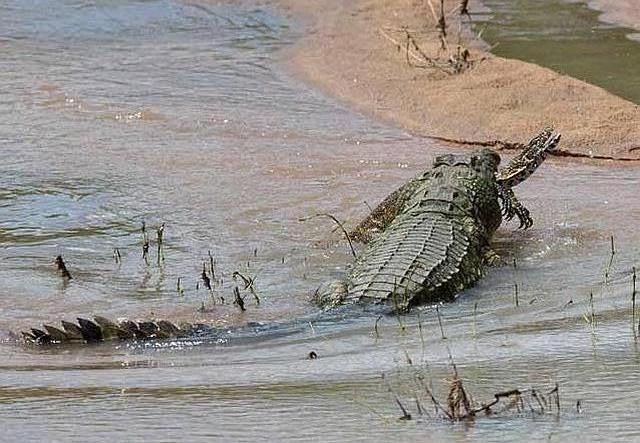 © Pumbaa
© PumbaaKruger National Park
Reproduction
Nile monitors are a polygynandrous species and will mate promiscuously. Males may reportedly fight each other in violent "wrestling matches," presumably due to competition for mating opportunities. Mating and egg laying usually follows the rainy season, which varies regionally.
The female excavates a hole in the ground or in an active termite nest and lays 20 to 60 eggs. This may take 2-3 days to complete. If she lays her eggs in a termite nest, the termites will repair the hole in their nest, and the monitor eggs develop inside. The heat from the termites acts to incubate the eggs. Under fairly constant temperature and humidity, the unattended eggs are incubated over a period of six to nine months before hatching. The small young weigh an average 26 g upon hatching. When they hatch, baby lizards resemble tiny versions of their parents. After hatching, the young may need to wait for rain to soften the hard nest, or reportedly the mother monitor may return at the right time and open the nest to free the hatchlings. Once they have emerged, however, the baby Nile monitors are on their own.
Links: Bill Branch, William R. Branch: A Photographic Guide to Snakes and Other Reptiles of Southern Africa, Animal Diversity Web, ARKive
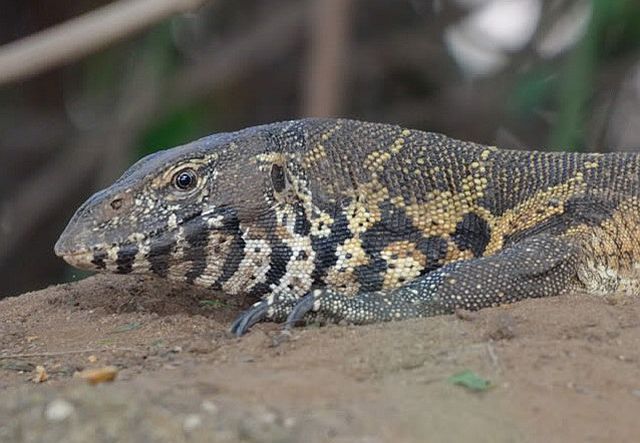 © BluTuna
© BluTuna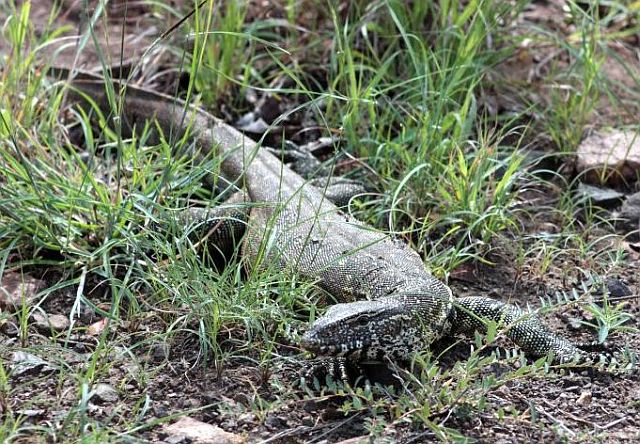 © harrys
© harrys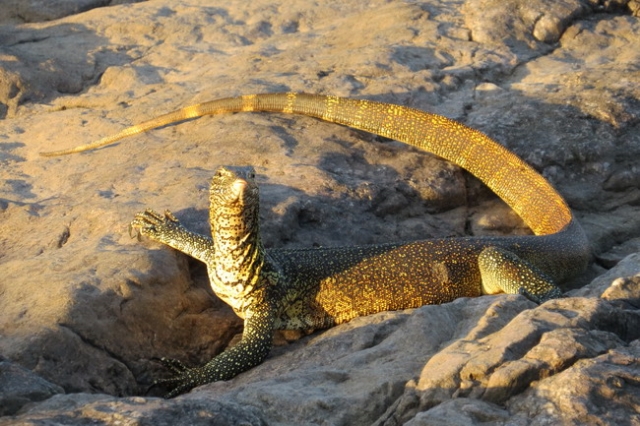 © Bushcraft
© Bushcraft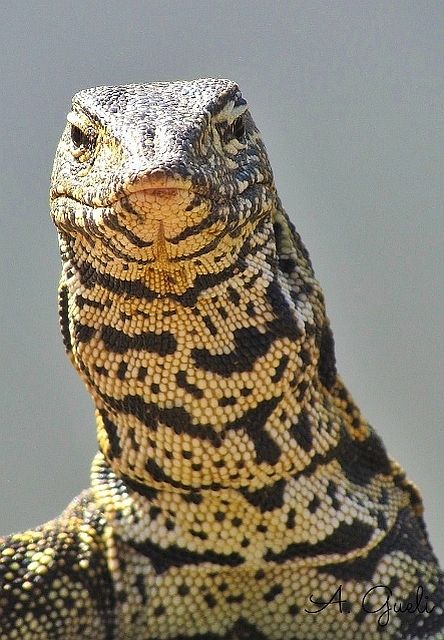 © Bush Brat
© Bush Brat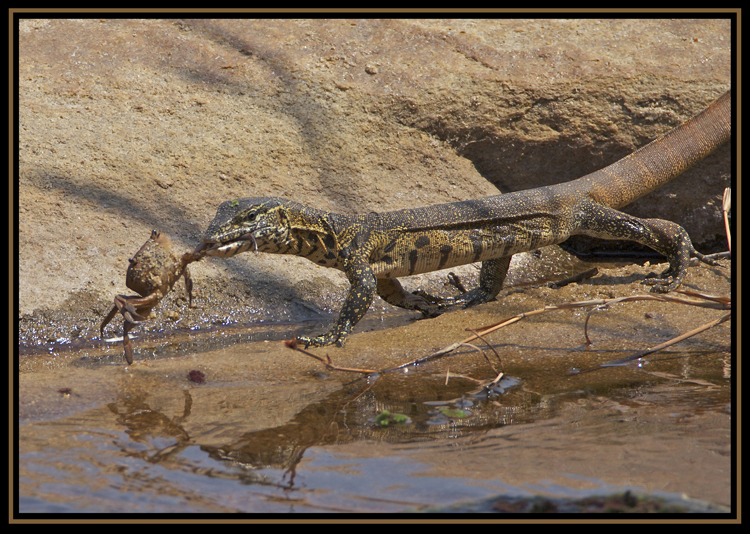 © ExFmem
© ExFmem © ExFmem
© ExFmem


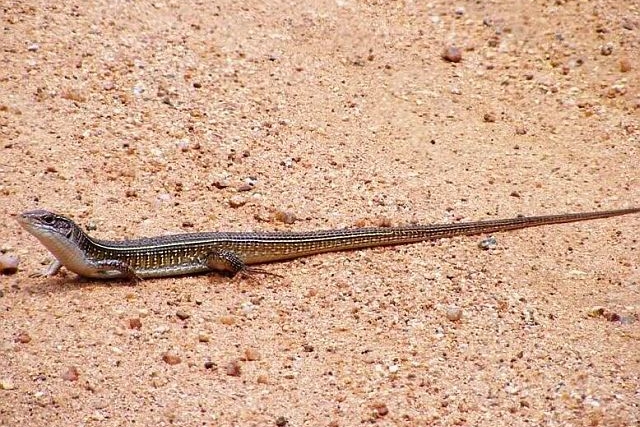 © Richprins
© Richprins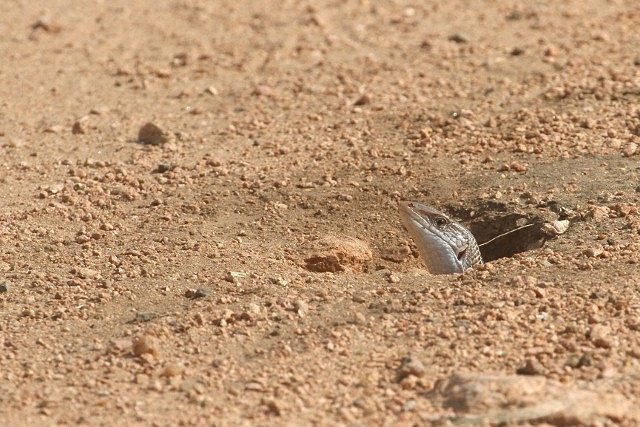 © nan
© nan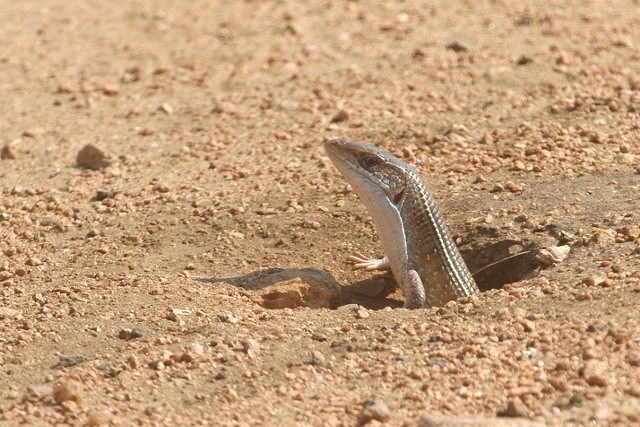 © nan
© nan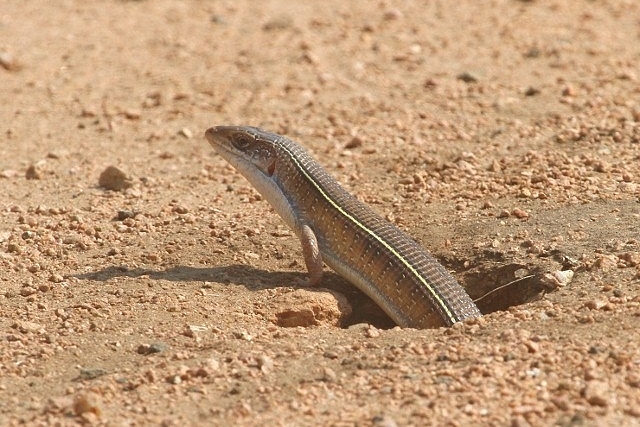 © nan
© nan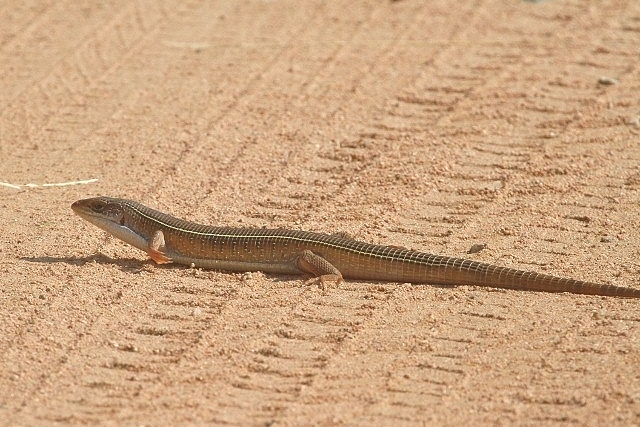 © nan
© nan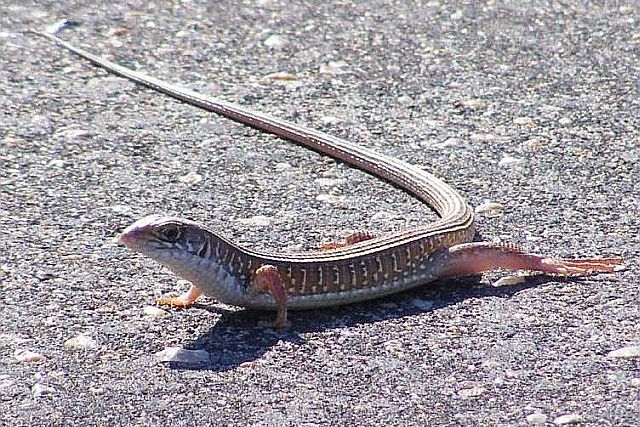 © mposthumus
© mposthumus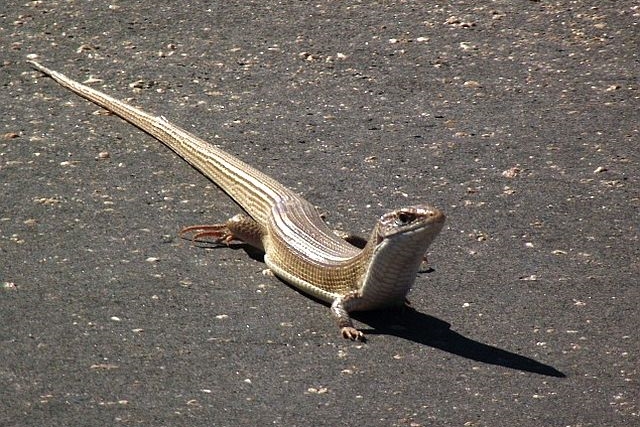 © mposthumus
© mposthumus